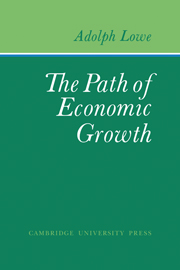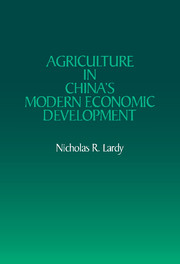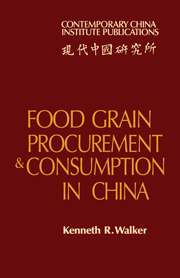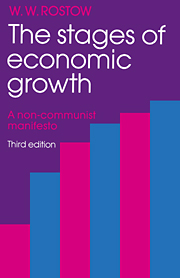The Path of Economic Growth
$59.99 (C)
- Author: Adolph Lowe
- Date Published: December 2009
- availability: Available
- format: Paperback
- isbn: 9780521125338
$
59.99
(C)
Paperback
Other available formats:
Hardback
Looking for an examination copy?
This title is not currently available for examination. However, if you are interested in the title for your course we can consider offering an examination copy. To register your interest please contact [email protected] providing details of the course you are teaching.
-
The writings on the theory of economic growth share almost without exception two characteristics – they deal exclusively with steady growth or equilibrium dynamics, and they try to predict the actual course of long-term development on the basis of greatly oversimplified behaviour assumptions. This book, first published in 1976, studies the many variants of a disequilibrium path, which growth processes pursue under the impact of major growth stimuli – changes in labour supply, in natural resources, and in technology. The study gives direction to public policies, sharply distinguishing between the requirements of market economies and of planned systems.
Customer reviews
Not yet reviewed
Be the first to review
Review was not posted due to profanity
×Product details
- Date Published: December 2009
- format: Paperback
- isbn: 9780521125338
- length: 352 pages
- dimensions: 229 x 152 x 20 mm
- weight: 0.52kg
- availability: Available
Table of Contents
Preface
Acknowledgements
Part I. The Basic Model:
1. Introduction: scope and method
2. Patterns of economic growth
3. A schema of industrial production
4. The circulation of fixed capital
5. The circulation of working capital
6. The stationary process in operation: structure analysis
7. The stationary process in operation: force analysis
8. Transition to dynamic equilibrium
9. Dynamic equilibrium: structure analysis
10. Dynamic equilibrium: force analysis
Part II. Changes in the Rate of Change: The Dynamics of Labour Supply:
11. The setting of the problem
12. A bird's-eye view of an expanding traverse
13. On the short-period variability of the capital-labour supply in a free market
14. Adjustment to a higher rate of growth of labour supply in a free market: I. Structure analysis
15. Adjustment to a higher rate of growth of labour supply in a free market: II. Force analysis
16. Adjustment to a higher rate of growth of labour supply in a collectivist system
17. Some comments on the role of working capital in the traverse
18. Instrumental analysis of decline in the rate of growth of labour supply
Part III. Changes in the Rate of Change: The Dynamics of Natural Resources Supply:
19. The dynamics of diminishing returns
20. Recycling of production and consumption residuals and the structure of production
Part IV. Changes in the Rate of Change: The Dynamics of Technological Progress:
21. The scope of the investigation
22. Dynamic equilibrium once more
23. Nonneutral innovations: a general survey
24. Pure labour-displacing innovations
25. Pure capital-displacing innovations
26. Some comments on combined changes in the input of labour and capital
27. Technical progress and diminishing returns
28. Some concluding remarks
Appendix: an alternative presentation of Lowe's basic model Edward J. Nell
Glossary of recurring symbols
Name index
Subject index.
Sorry, this resource is locked
Please register or sign in to request access. If you are having problems accessing these resources please email [email protected]
Register Sign in» Proceed
You are now leaving the Cambridge University Press website. Your eBook purchase and download will be completed by our partner www.ebooks.com. Please see the permission section of the www.ebooks.com catalogue page for details of the print & copy limits on our eBooks.
Continue ×Are you sure you want to delete your account?
This cannot be undone.
Thank you for your feedback which will help us improve our service.
If you requested a response, we will make sure to get back to you shortly.
×









